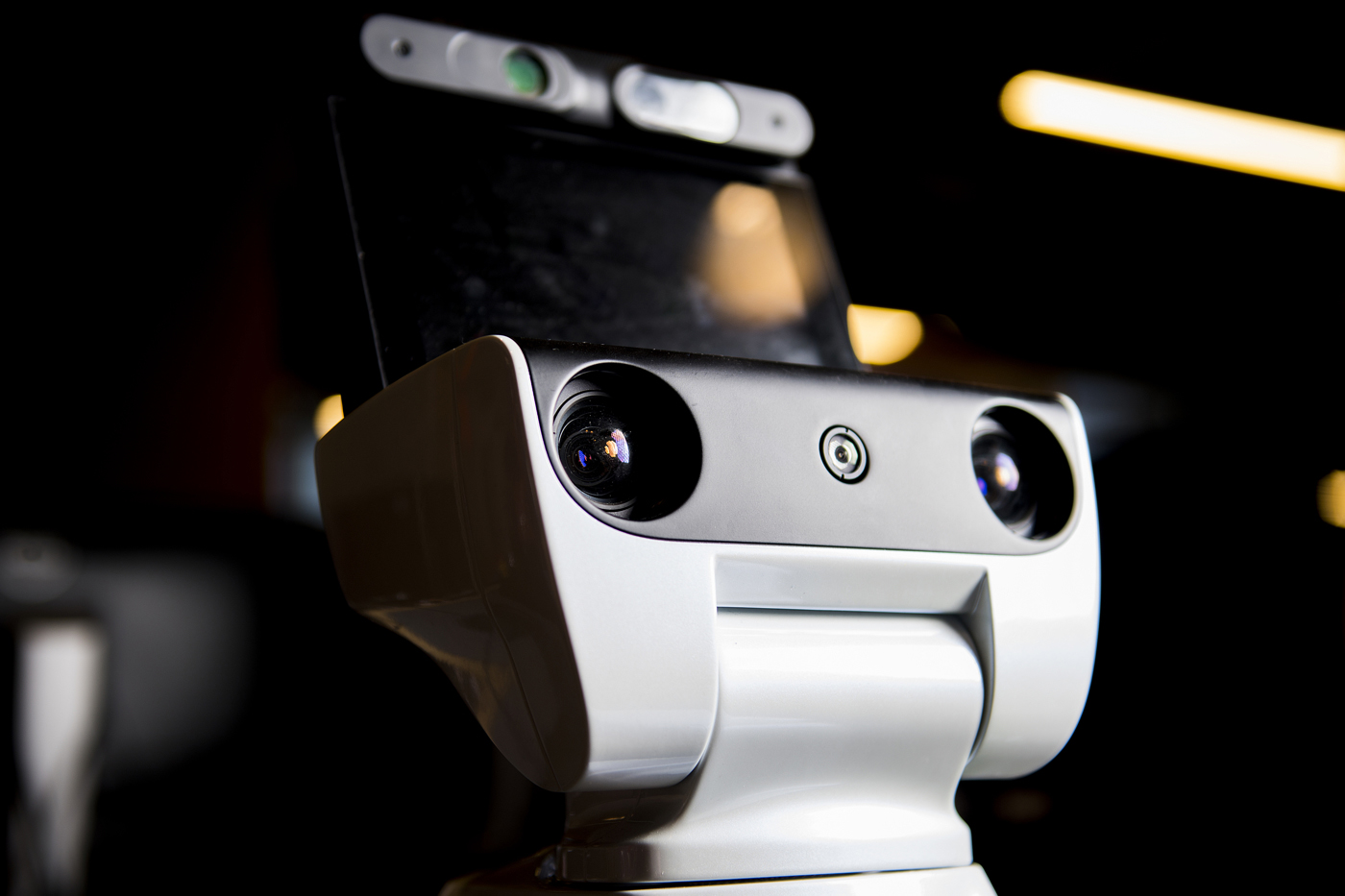Sick of household chores? These Northeastern students are building a robot to help you at home.

Wouldn’t it be nice to have an in-home helper that could put away groceries, fold laundry, and empty the dishwasher? You’re in luck. A team of three Northeastern students is on it.
Anas Abou Allaban, Tarik Kelestemur, and Naoki Yokoyama recently participated in RoboCup@Home, a competition that challenges teams from all over the world to program the best “human support robot.” One of the main motivations for building such a robot is to assist elderly folks who want to remain in their homes.
The actual robot is provided by Toyota, one of the competition’s sponsors. But students are responsible for developing the code and software that gives each robot life.
The Northeastern students ranked fourth out of 10 teams overall—the best of any group from the United States—despite having the smallest team. This is an improvement from last year, when the students placed fifth overall.
Teams competed in nine challenges. One challenge focused on manipulation, or the robot’s ability to grasp a variety of objects. Northeastern placed first in this challenge, thanks to Tarik Kelestemur, a doctoral student in electrical and computer engineering. His research developing hand manipulation software allowed the Northeastern robot to pick up groceries from a table and store them in a cabinet faster than all other teams.
Northeastern’s robot also demonstrated an impressive capability to recognize speech and identify people. Last year, Northeastern’s team failed to earn any points in this category. But the team retooled its code this year and took second place overall. The robot was able to look out into a crowd and recognize specific people. It could also count the number of objects, such as bananas, on a table.
One area where the Northeastern robot fell short was in recognizing the speech of people with heavy accents in a crowd, Allaban said. And in another challenge, the robot was told to follow someone outside, pick up a bag, return to the starting point, and then head back to where the bag was picked up.

Teams were responsible for developing the code and software to give their robot life. Photo by Matthew Modoono/Northeastern University
“Our robot successfully followed a person on one run, but then bumped into a door, which is considered a failure,” Allaban said.
As part of the competition, robots had to interact closely with humans. This is where student-developed machine learning algorithms called neural networks were most notably on display.
“For this challenge, our robot was able to fully describe humans using what it saw with its camera, determining their age, emotion, gender, and clothing using an ensemble of various neural networks,” Allaban said. Northeastern took fourth place in this challenge.
As a result of its strong performance in the competition, the Northeastern team was selected to participate in the World Robot Summit in Tokyo in October, said Taskin Padir, associate professor of electrical and computer engineering, who served as the team’s faculty advisor. Padir said that the team will receive a second human support robot from Toyota and some funding for travel to compete at the event against other groups from around the globe.
The theme of the World Robot Summit is “Robotics for Happiness.”
“This is also our focus at Northeastern, as we work toward collaborative robots transcending human limits in all aspects of life,” said Padir.





